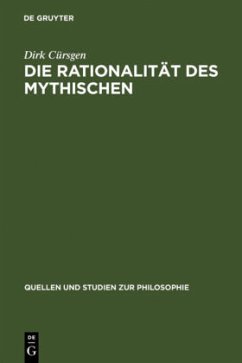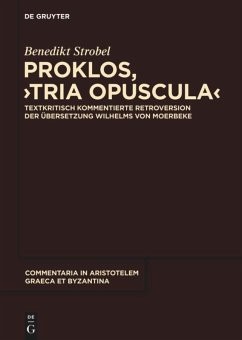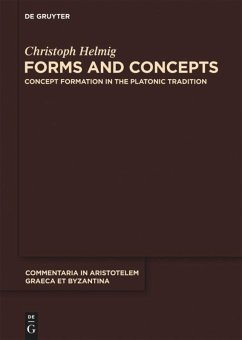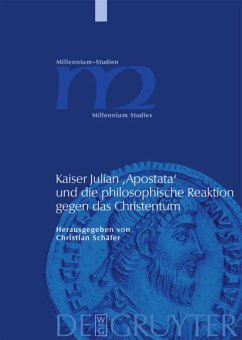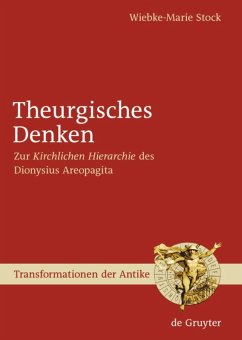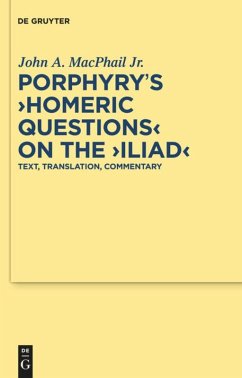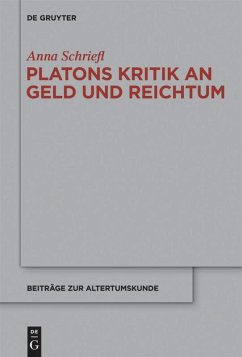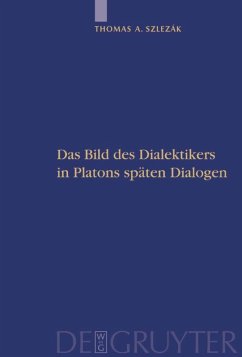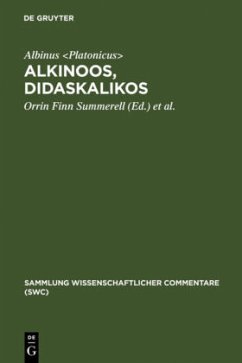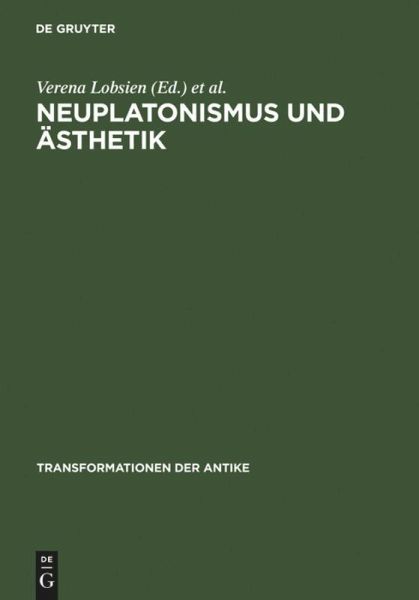
Neuplatonismus und Ästhetik
Zur Transformationsgeschichte des Schönen
Herausgegeben: Olejniczak Lobsien, Verena; Olk, Claudia
Versandkostenfrei!
Versandfertig in 1-2 Wochen
129,95 €
inkl. MwSt.

PAYBACK Punkte
0 °P sammeln!
The volume enquires into the relationship between philosophy and aesthetics in Late Antiquity. Is the sensuous beauty of art a medium for the highest thinkable truth? And if this can be called â??aestheticsâ??, how has it changed over the centuries and what is its significance for the theory of art today? The contributors â?? experts in systematic philosophy and literary studies from a variety of disciplines â?? work on this transdisciplinary topic using concrete examples from the Middle Ages to Post-modernism and examine the scope and transformations of this fundamental insight up to the present day.
Der Band fragt nach dem Verhältnis zwischen spätantiker neuplatonischer Philosophie und Ästhetik und nach seinen historisch-kulturellen Verwandlungsgestalten. Mit welchem Recht konnte und kann von neuplatonischer Ästhetik gesprochen werden, welches sind ihre Grundzüge und ihre Relevanz für heutige Kunsttheorie? Das transdisziplinäre Thema versammelt philosophische und literaturwissenschaftliche Fachkompetenz (aus Altphilologie, Anglistik, Germanistik, Romanistik) zu einer Untersuchung, die systematisch auf das transformatorische Potential des Neuplatonismus, zugleich aber auf historisch-kulturell spezifische Transformationen zielt, die sich vor allem im Medium der Literatur vollziehen. Dabei spannt sich der Bogen von der Antike über Mittelalter und Renaissance bis zur Kunst der Gegenwart. Im breiten Spektrum der Standpunkte wird sichtbar, wie das Schöne als die Präsenz des Einen in der Welt sich in der Sinnlichkeit des Kunstwerks zeigt und zur Erfahrung bringt. Nicht zuletzt läßt sich dabei auch beobachten, daß von ihm selbst unter Bedingungen der Moderne offenbar nicht nicht gesprochen werden kann.



